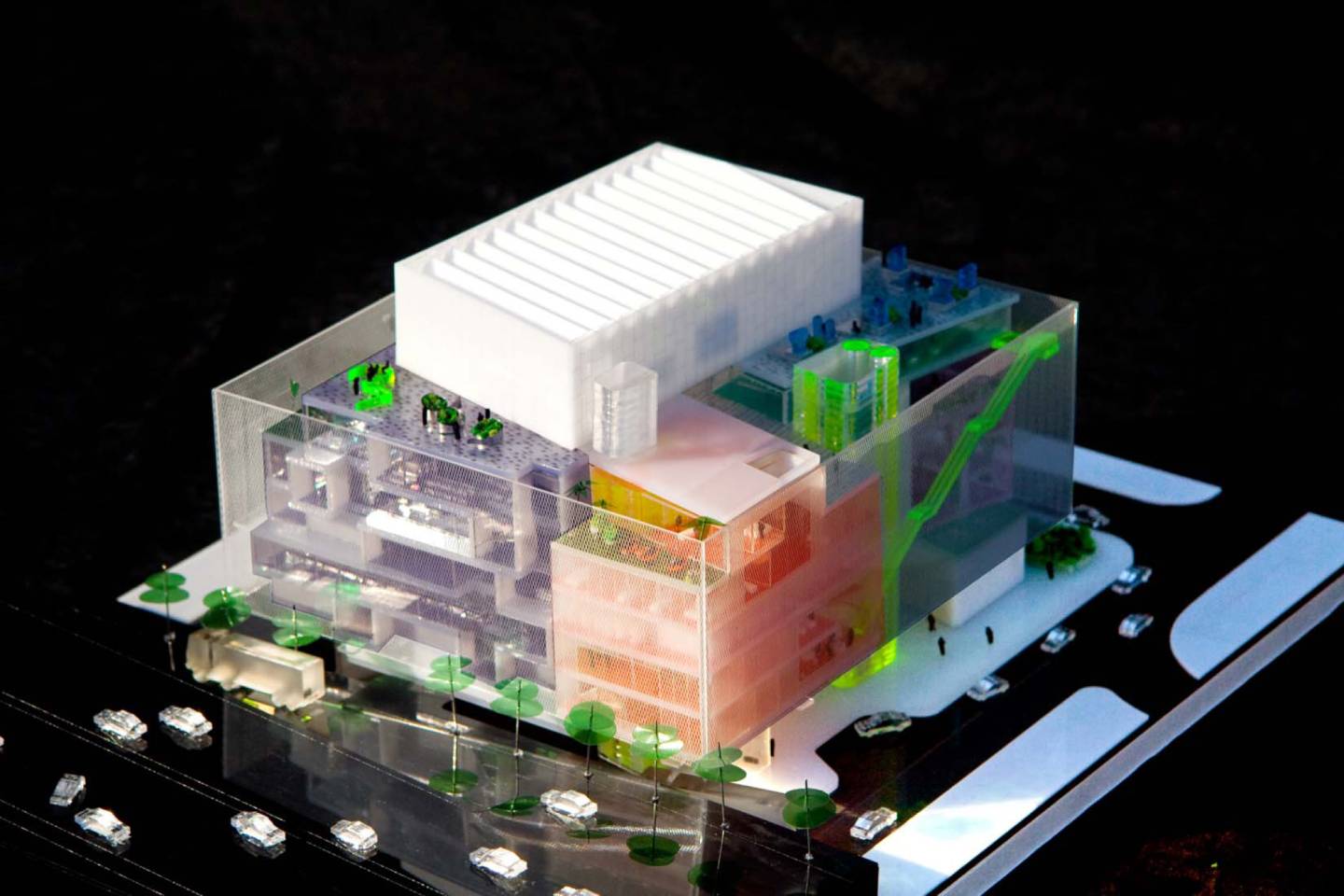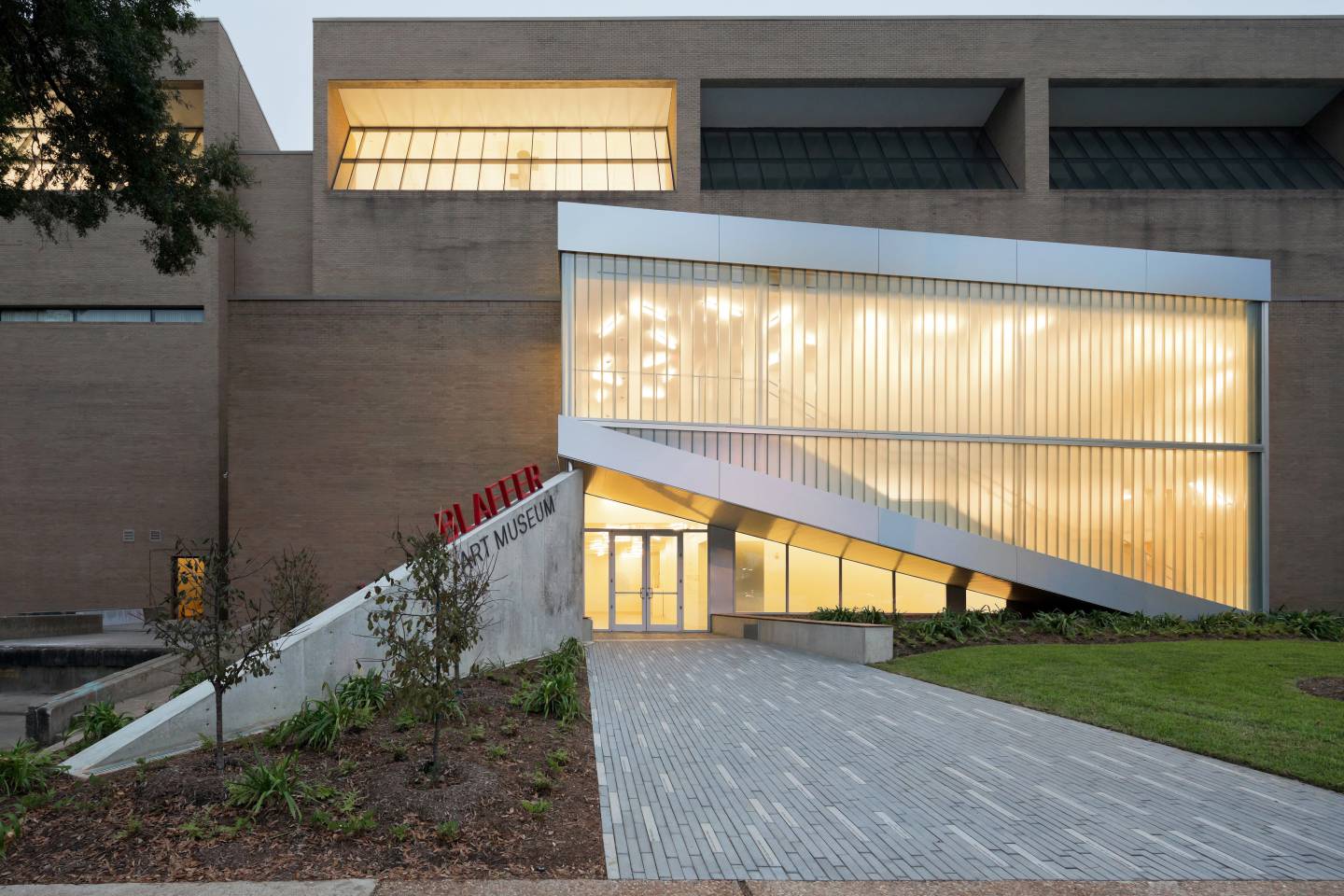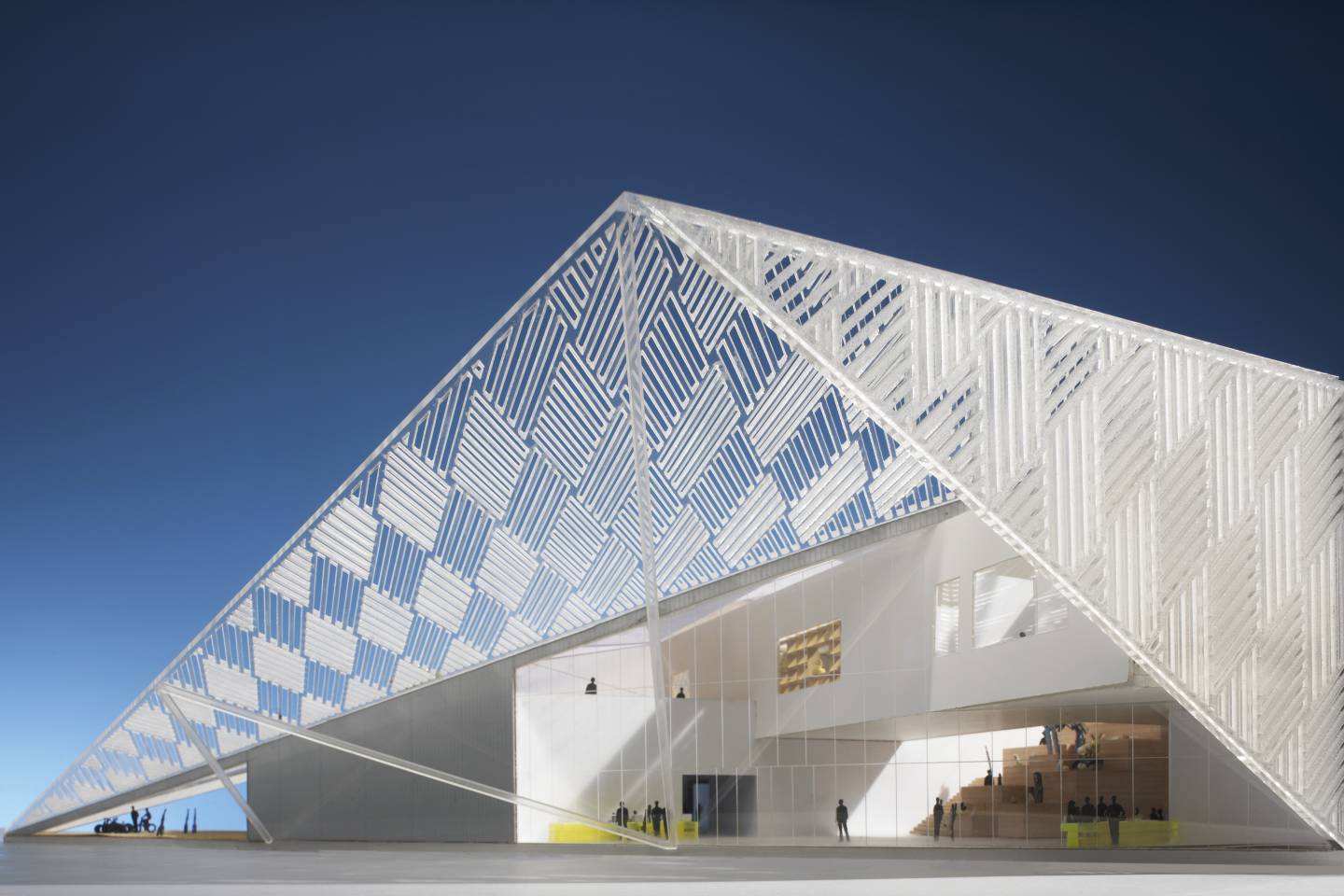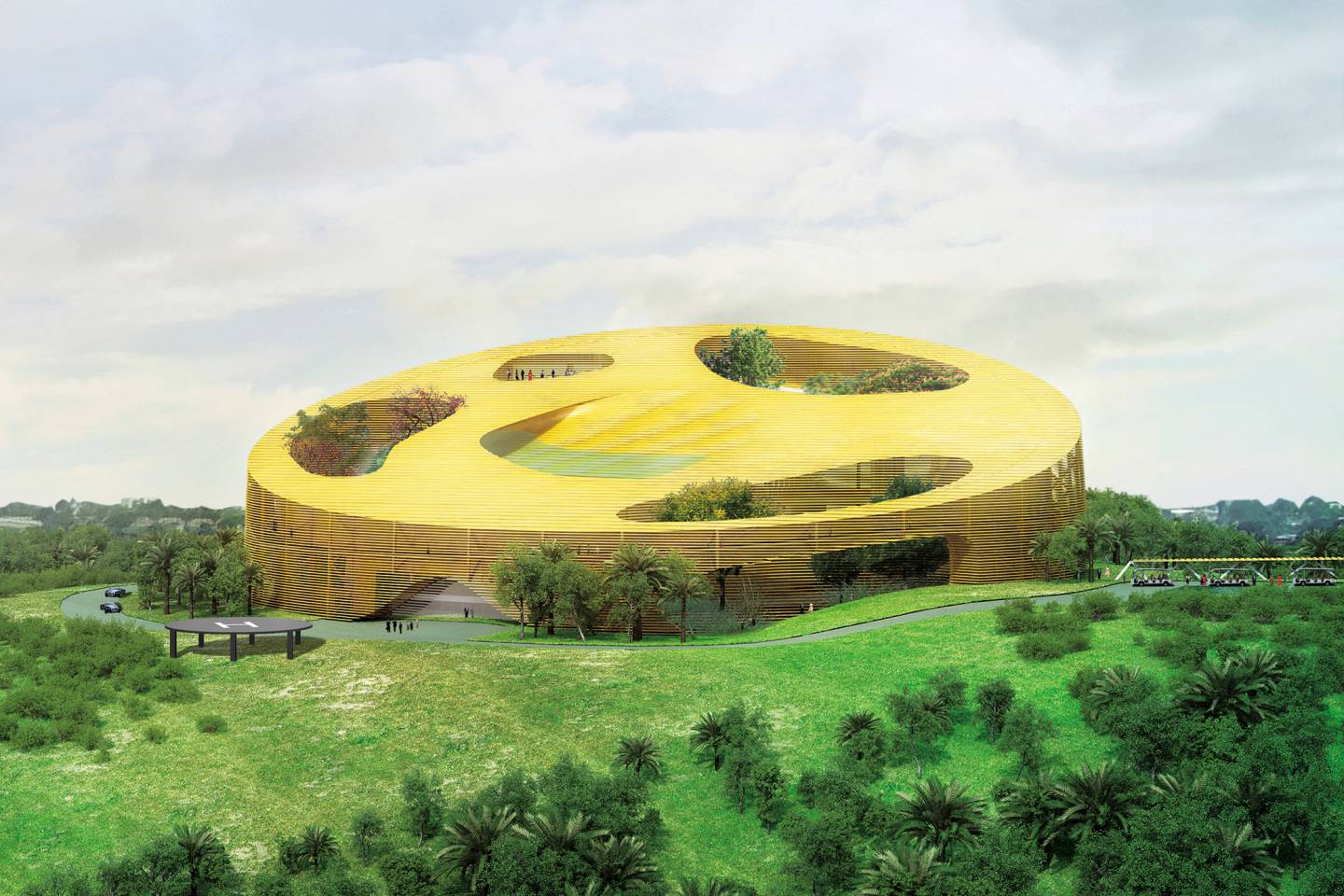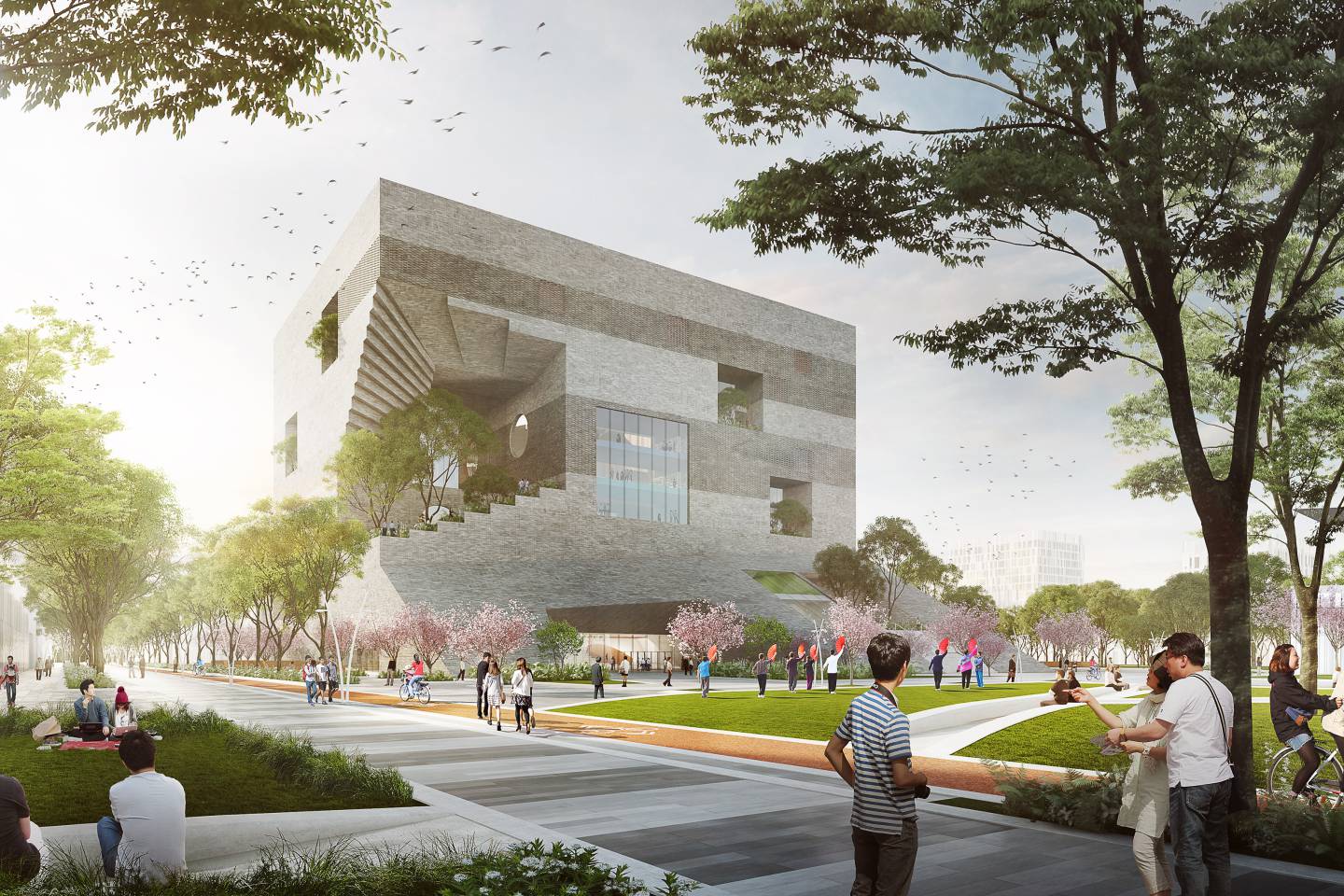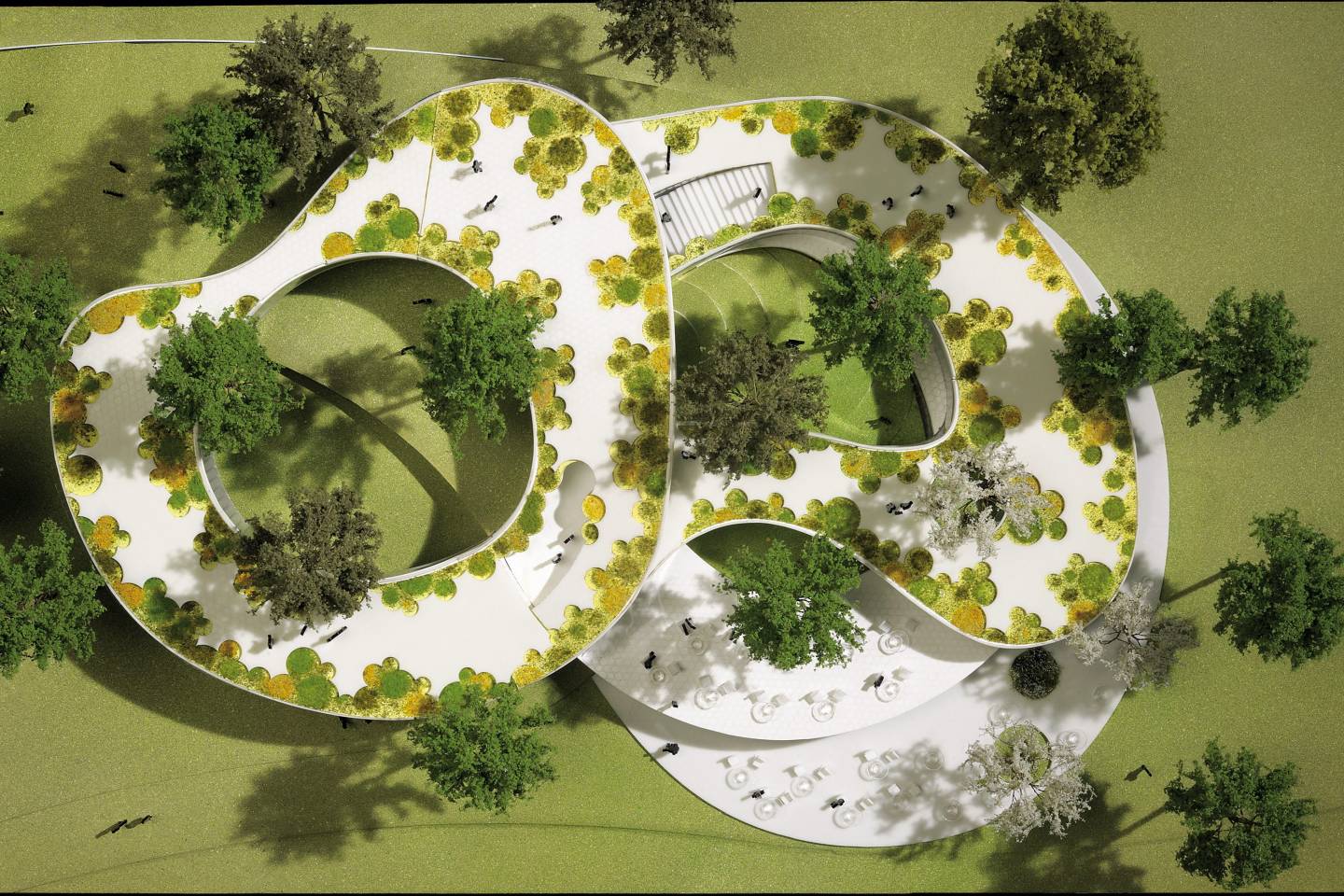Beirut Museum of Art
ISSUE Project Room
The People’s Theatre: Centro Cultural Inmigrante
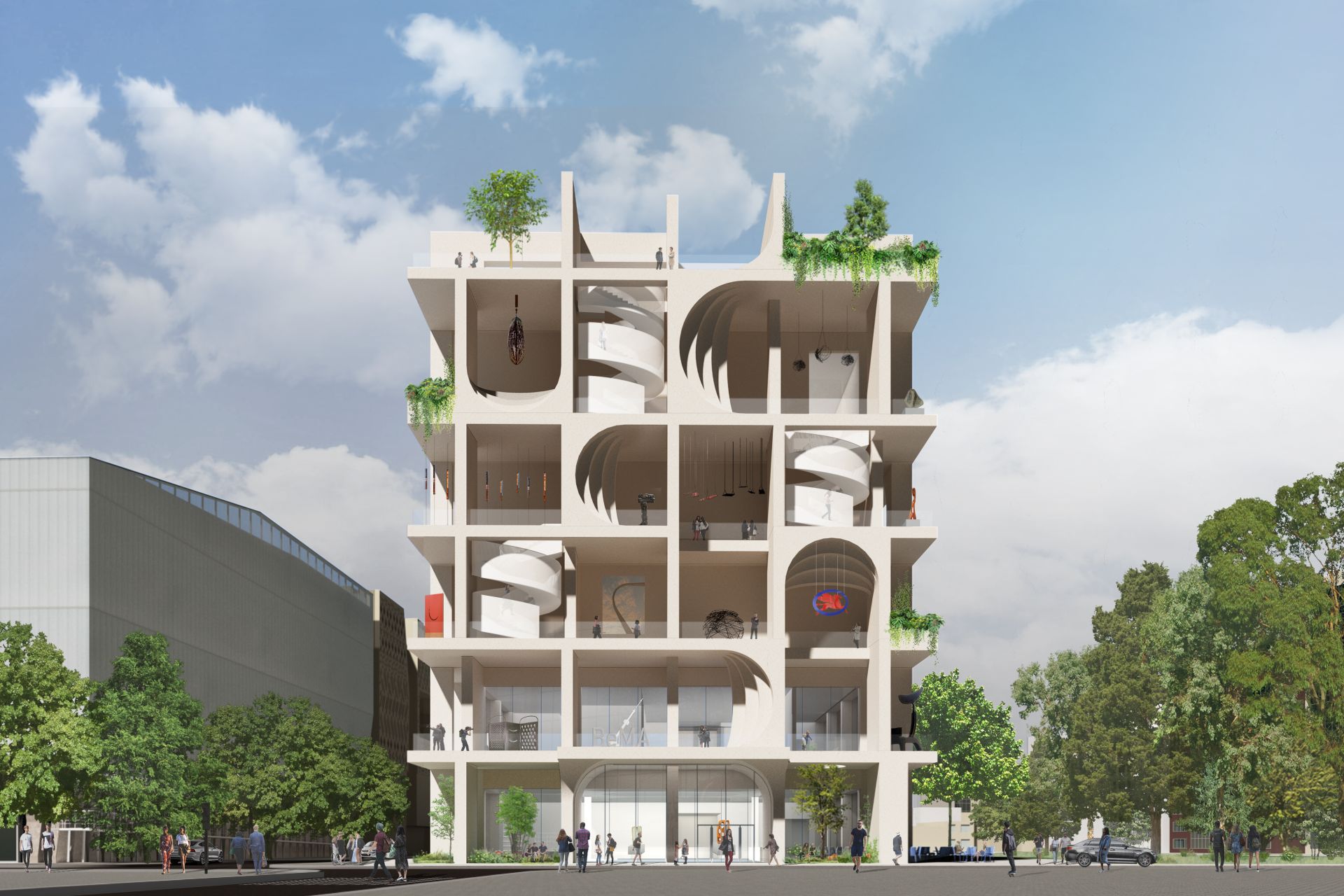
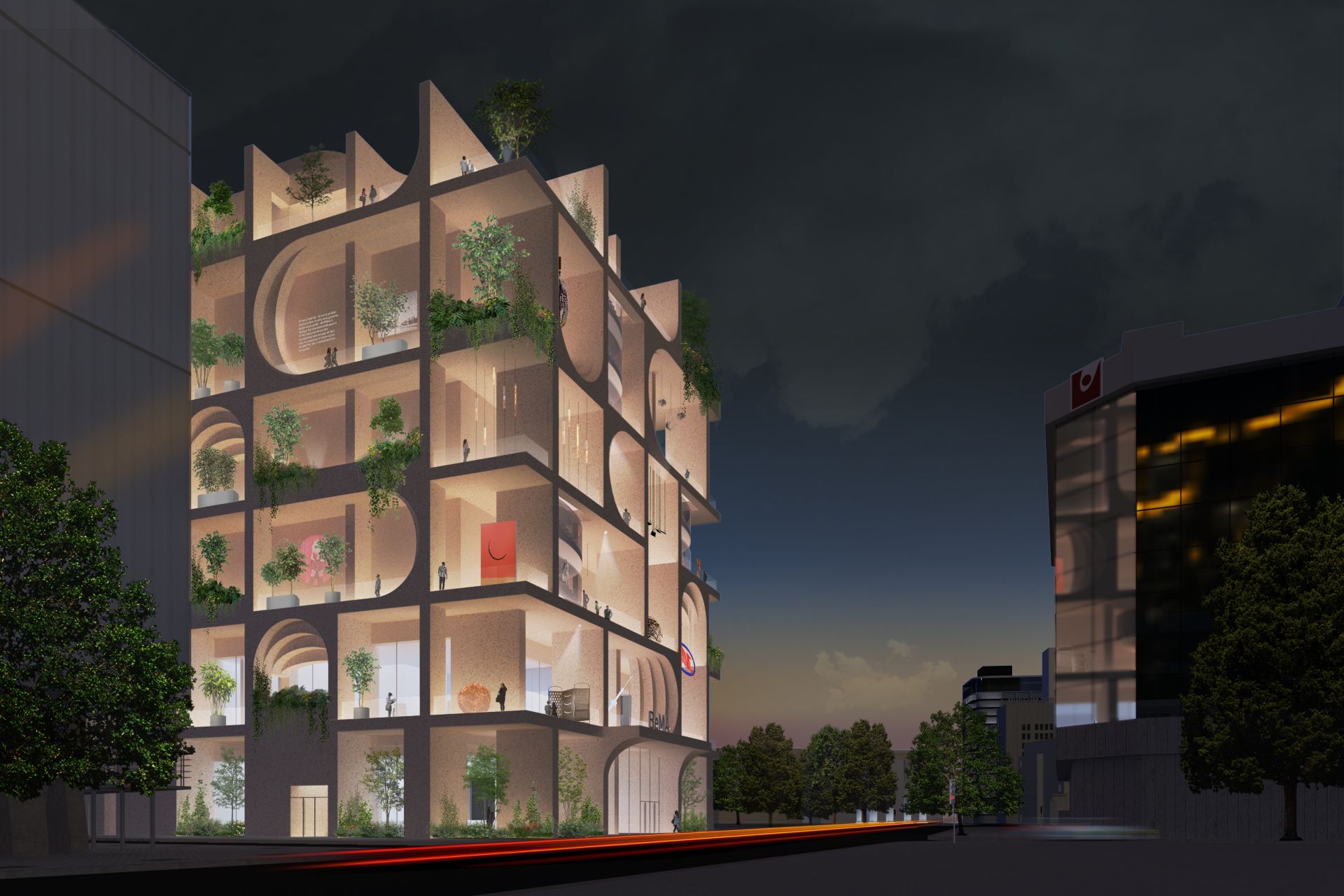
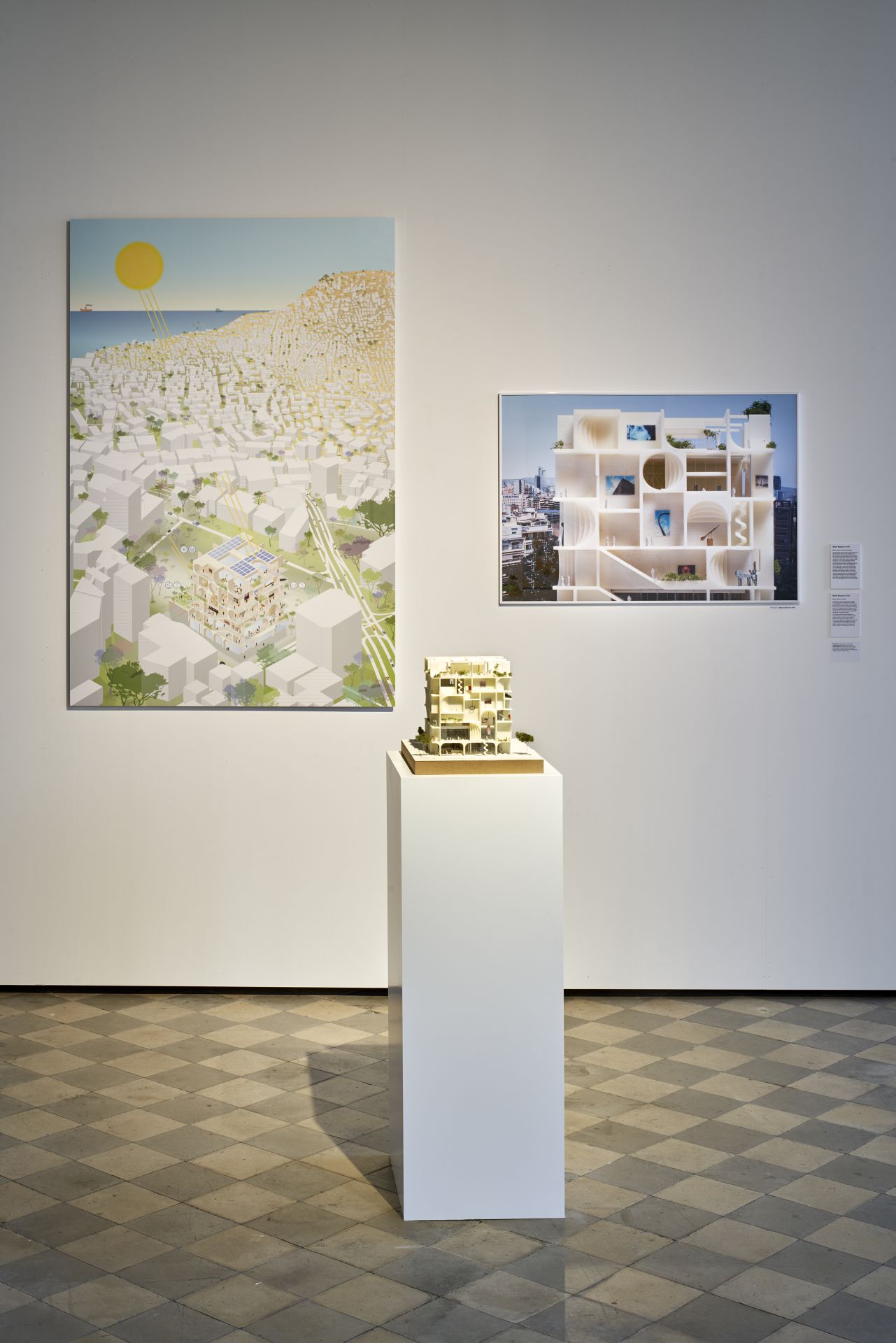
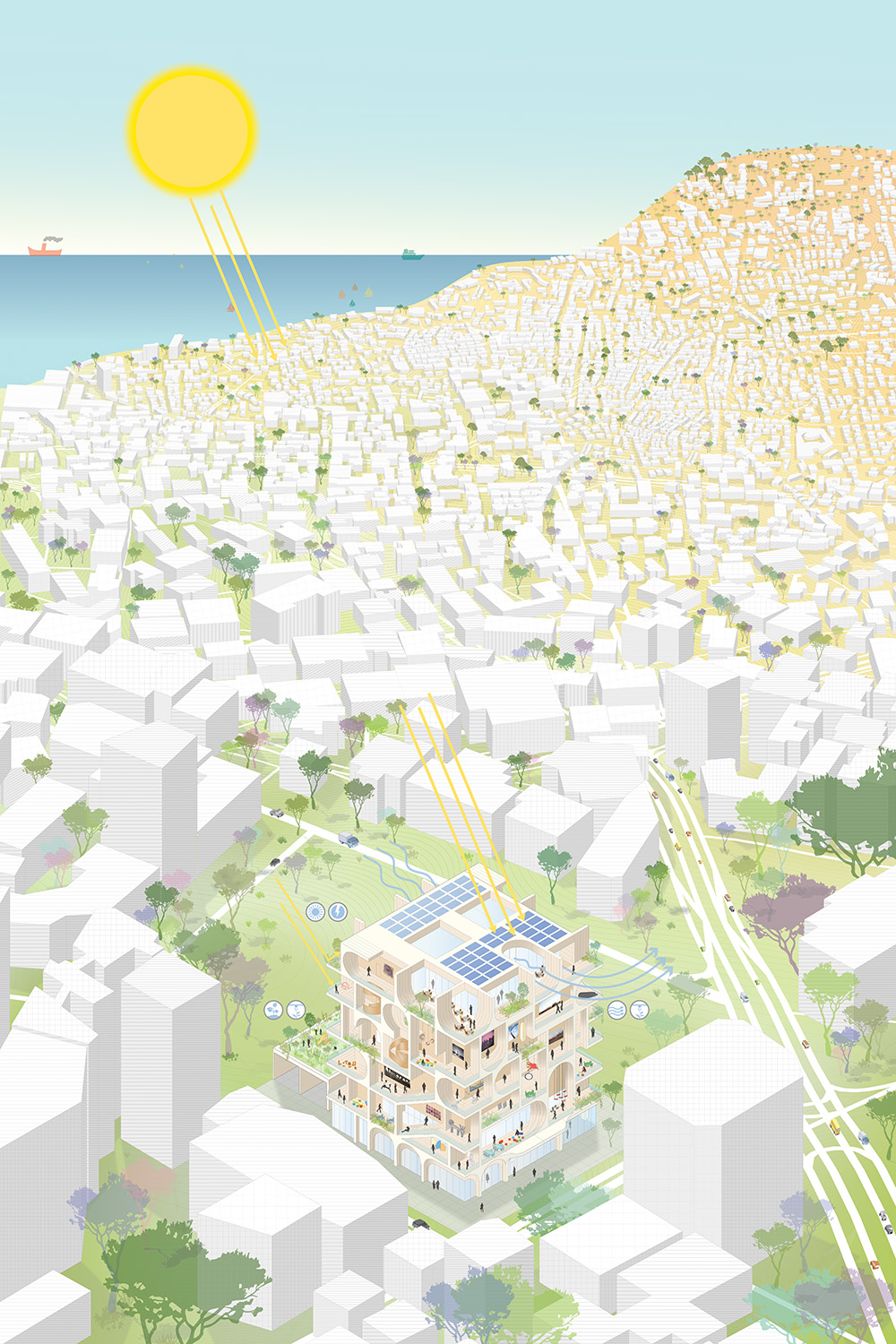
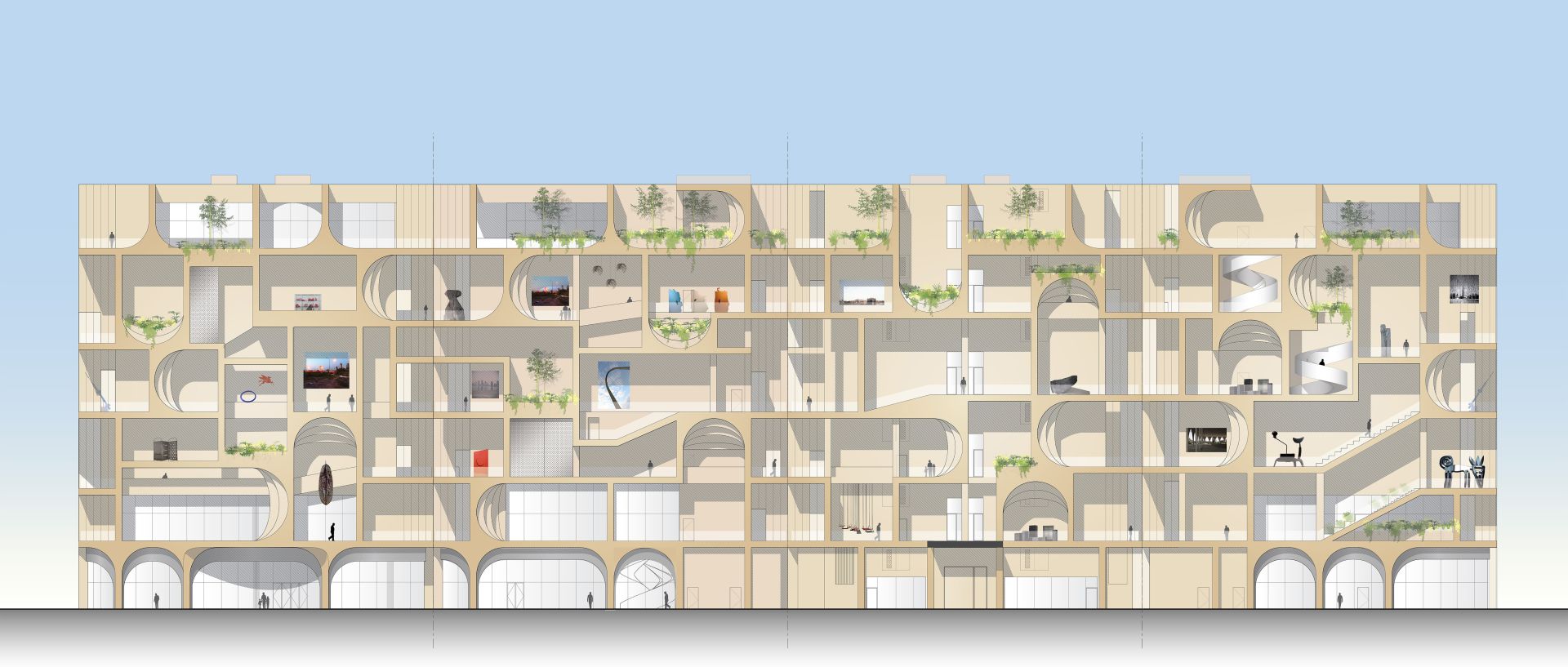
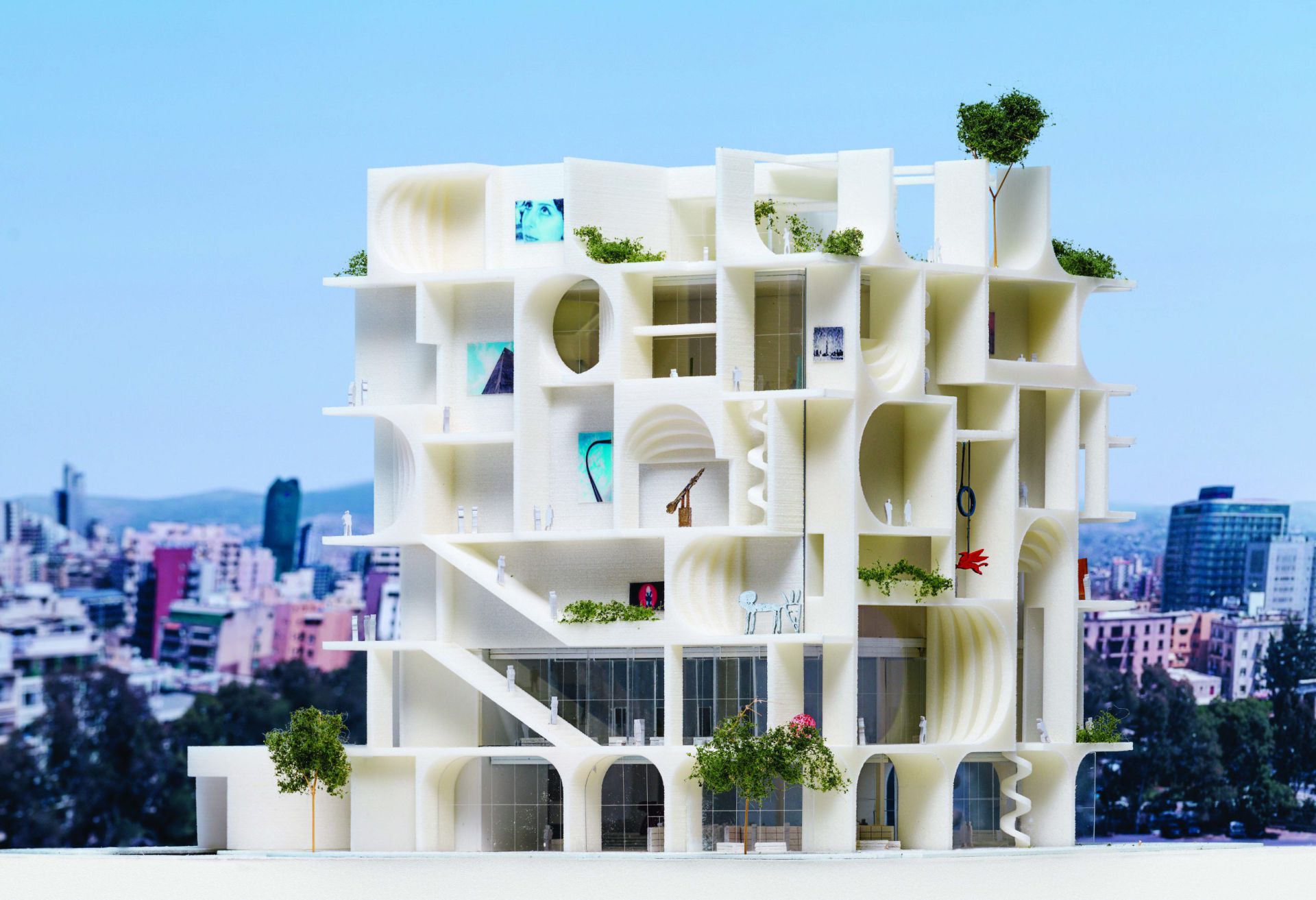
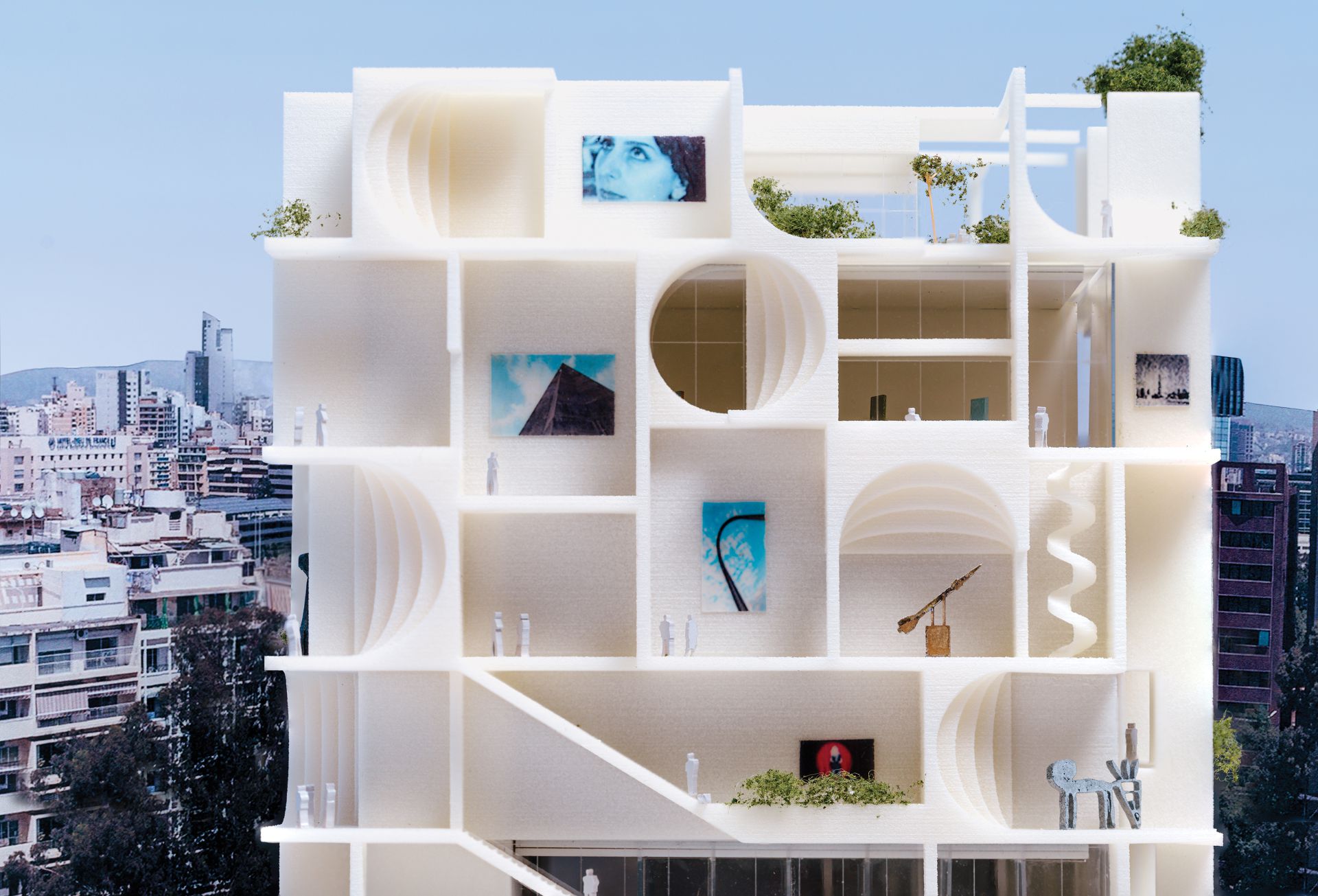







A new hybrid – at once public and private, iconic and generic, large and small – WORKac’s design for the Beirut Museum of Art borrows from the modernist vernacular of the city to propose a more open model for the contemporary museum.
The design rethinks the envelope of the museum using the balcony as a space for renewed architectural invention and openness. Traditionally, Beirut’s balconies provided shade as well as a mediating space between inside and outside, the street and the private house. For the museum, these reinvented balconies become a series of outdoor galleries in a multitude of scales and shapes, acting independently of the flexible museum floors inside, and creating a new gradient of publicly accessible spaces.
